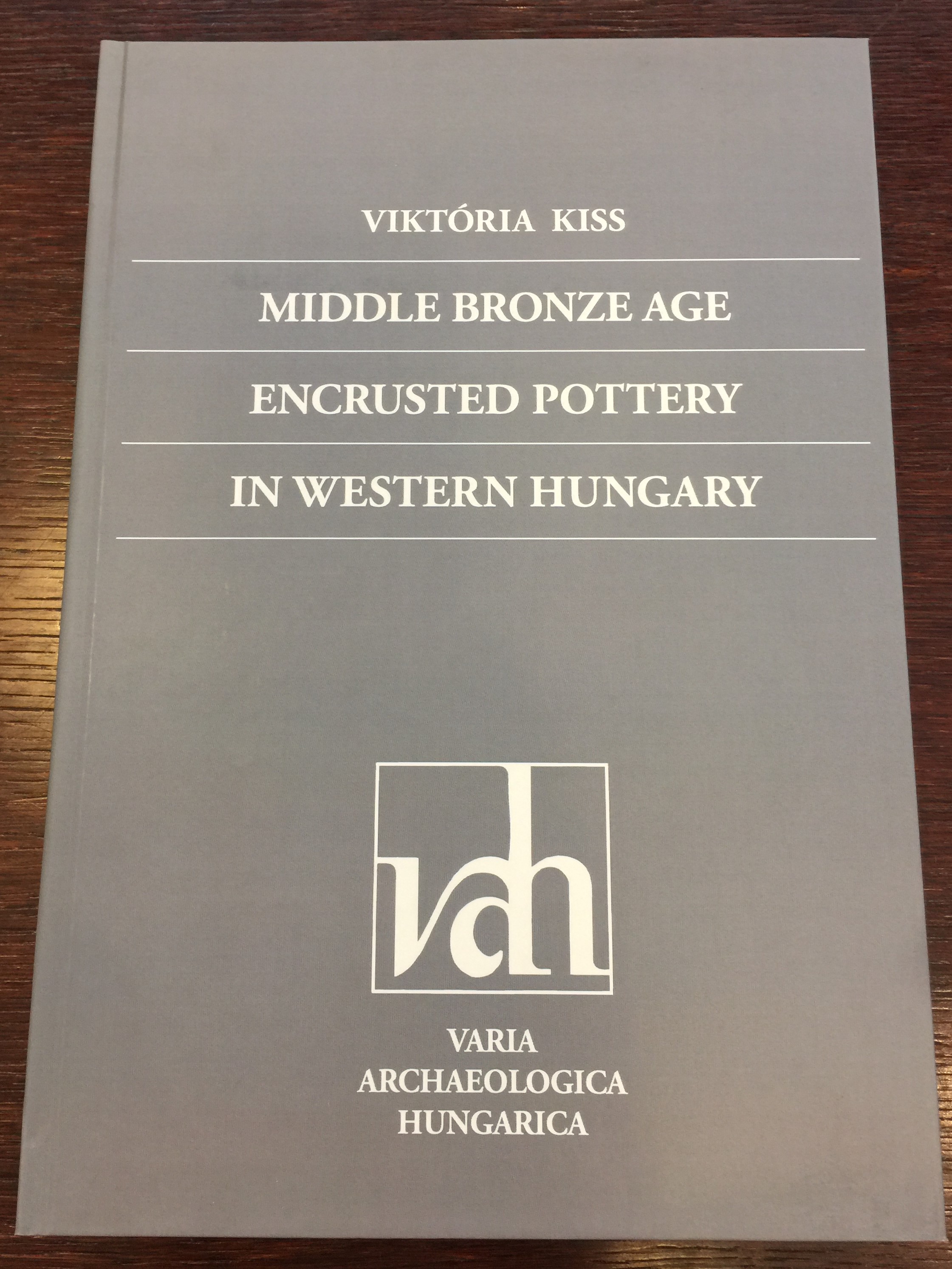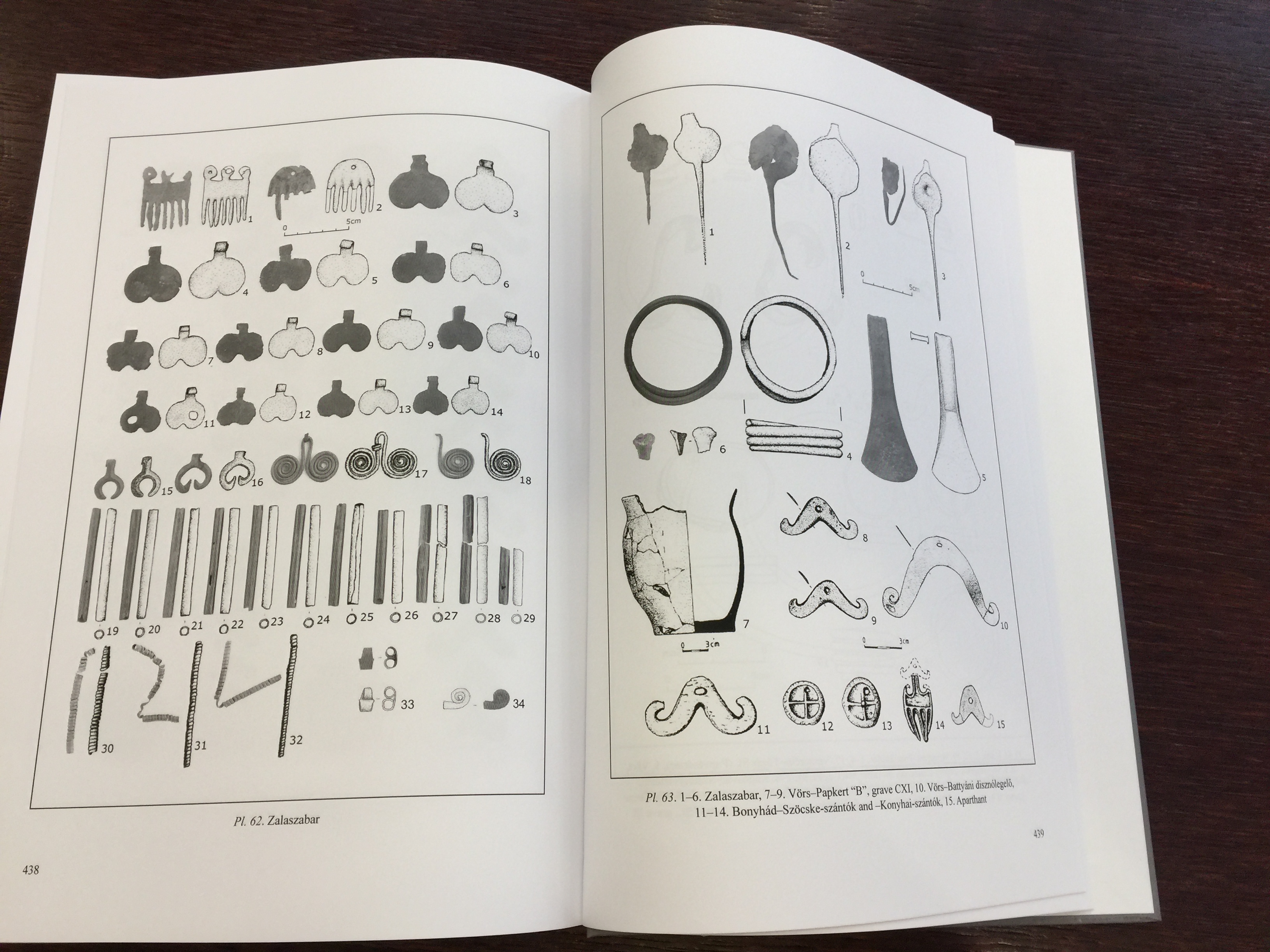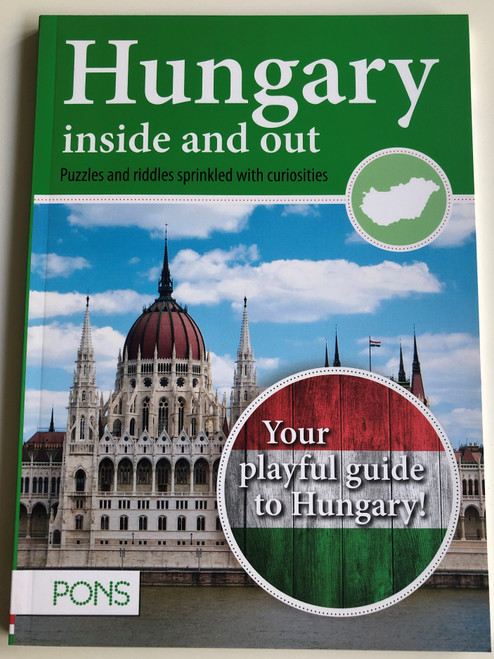Product Overview
Middle Bronze Age Encrusted Pottery in Western Hungary by Viktória Kiss / Varia Archaeologica Hungarica / Archaeolingua 2012
Paperback 2012
ISBN: 9789639911376 / 978-9639911376
ISBN-10: 9639911372
PAGES: 448
PUBLISHER: Archaeolingua
LANGUAGE: English
English Description:
448 pages with colored and grayscale images
Abstract
The Bronze Age is a historical period that was characterized by the use of bronze, in some areas proto-writing, and other early features of urban civilization. The Bronze Age is the second principal period of the three-age Stone-Bronze-Iron system, as proposed in modern times by Christian Jürgensen Thomsen, for classifying and studying ancient societies.
An ancient civilization is defined to be in the Bronze Age either by producing bronze by smelting its own copper and alloying with tin, arsenic, or other metals, or by trading for bronze from production areas elsewhere. Bronze itself is harder and more durable than other metals available at the time, allowing Bronze Age civilizations to gain a technological advantage.























